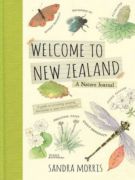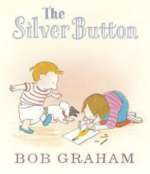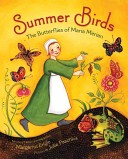
In this stunning idea book, acclaimed author and illustrator Sandra Morris shares her love for the flora and fauna of her native New Zealand and encourages budding scientists to record their own discoveries in creative ways, no matter where they live.



